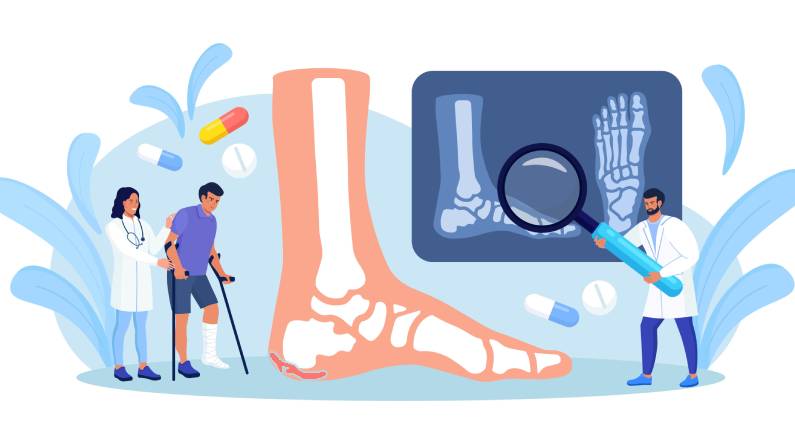Heel Spur: Understanding the Causes, Symptoms, and Treatment Options
A heel spur, also known as a calcaneal spur or osteophyte, is a small bony protrusion that forms on the underside of the heel bone. This condition can cause significant pain and discomfort, especially when walking or standing.
Symptoms of Heel Spur
The symptoms of heel spur can vary, but common complaints include:
– Sharp, piercing pain in the heel when getting out of bed or after a period of rest
– Dull, aching pain in the heel throughout the day
– Inflammation and swelling at the front of the heel
– Warmth and mild heat radiating from the affected area
– Tenderness at the bottom of the foot, making it difficult to walk barefoot
Risk Factors for Heel Spur
Certain lifestyle and environmental factors can increase the risk of developing heel spur, including:
– Excessive running and jumping activities
– Walking or running on hard surfaces
– Bruising or tearing of the heel skin or membrane
– Poor walking habits that put excessive stress on the heel bone and ligaments
– Standing for long periods during work or daily activities
– Obesity
– Improper footwear that lacks support or doesn’t fit well
Treatment and Management of Heel Spur
Treatment for heel spur typically involves a combination of the following:
– Ice packs and compression to reduce pain and inflammation
– Elevation of the foot to reduce swelling
– Stretching exercises to relieve tension in the heel and foot
– Strapping to rest the stressed heel muscles, ligaments, and tendons
– Orthotic devices to provide support and stability
– Night splints to stretch the plantar fascia while sleeping
– Prescribed painkillers to manage pain
– Corticosteroid injections for extreme pain
– Surgery as a last resort to remove the spur and relieve pain
Prevention Strategies
To prevent heel spur and other foot-related problems, consider the following:
– Wear well-fitting shoes with shock-absorbent soles, supportive heel counters, and rigid shanks
– Choose shoes based on your physical activity, whether athletic events or standing for long hours
– Perform warm-up stretches before exercising and cool-down stretches afterward
– Maintain a healthy weight to reduce stress on your feet and heel
References:
https://www.webmd.com/pain-management/heel-spurs-pain-causes-symptoms-treatments#1
https://www.medicalnewstoday.com/articles/320411
https://orthoinfo.aaos.org/en/diseases–conditions/heel-pain
https://www.mayoclinic.org/diseases-conditions/bone-spurs/expert-answers/heel-spurs/faq-20057821

